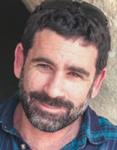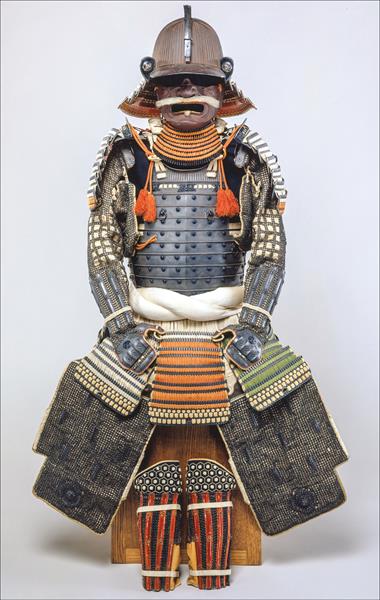Biblical Archaeology Review
Biblical Archaeology Review is the flagship publication of the Biblical Archaeology Society. For more than 40 years it has been making the world of archaeology in the lands of the Bible come alive for the interested layperson. Full of vivid images and articles written by leading scholars, this is a must read for anyone interested in the archaeology of the ancient Near East.
Archaeological Views: Biblical Archaeology’s Architectural Bias

The dramatic results of recent research in the copper mines of the ‘Arabah Valley call into question the way biblical-era nomadic societies have been treated in biblical archaeology.1
Biblical Views: Priscilla—An Extraordinary Early Christian Life
Site-Seeing: Hiking in Paul’s Footsteps
First Person: From Shalem to Jerusalem
Worldwide
A Rare Torah in the Library of Congress
The oldest Torah manuscripts survive incomplete and barely legible. But not the scroll sheet acquired recently by the Library of Congress in Washington, D.C. Penned more than a millennium ago, this uniquely preserved parchment represents the oldest complete Torah scroll sheet totally legible by the naked eye. Explore the manuscript’s history and what makes it such a remarkable artifact.
Searching for Portraits of King Herod
What did King Herod look like? Join classical archaeologists Ralf Krumeich and Achim Lichtenberger as they search for the king’s portraits throughout the ancient Mediterranean world. Their discoveries illuminate aspects of Herod’s rule and how he chose to depict himself.
Zenon’s Flour: Grains of Truth from Tel Kedesh
Ancient documents abound with obscure terminology. Even the names for such staples as wheat can evade modern attempts to match them with the wheat strains cultivated in the ancient world. Grain remains excavated at Tel Kedesh in northern Israel may finally shed light on some of the elusive wheats that appear in the famed Zenon Archive from the third century B.C.E.
Dangling Assyriology
In the sixth century B.C.E., the Neo-Babylonian king Nabonidus inscribed imperial propaganda on a cliff at Sela, a mountain fortress in modern Jordan. Assyriologist Rocío Da Riva goes to great heights to study this hard-to-reach inscription.






